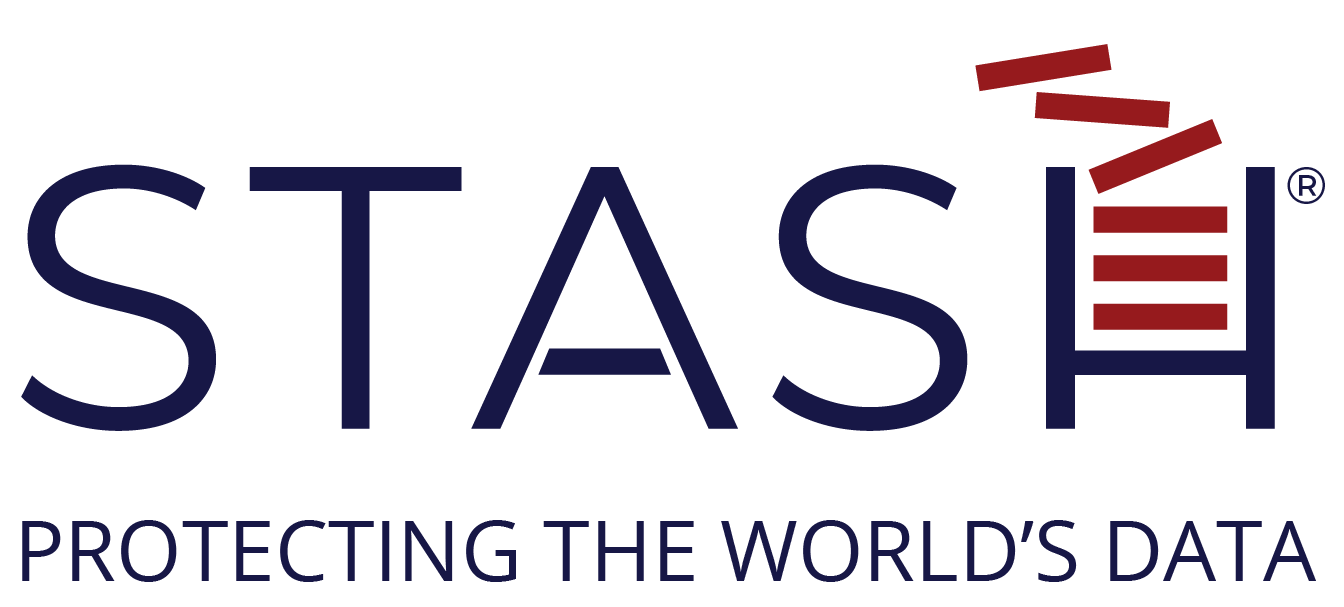CRYPTOCURRENCY
Lots has changed about virtual money. In the beginning, only a handful of well-informed people knew about it. Now it’s hot and a prime target of cyber criminals.
Stay safe and secure online. Mitigate and counter cyber threats
Cryptocurrencies have been around since 2009, when a mysterious developer, known as Satoshi Nakamoto, created bitcoin. Since then, lots has changed about virtual money. In the beginning, only a handful of well-informed people knew about it. After the first five years, BTC became popular, and lots of other cryptocurrencies emerged.
Unwilling crypto mining is still a great threat because of the rising price of crypto assets and the insecure access to these assets. More than 3,000 servers were down because of malware known as “Vollgar”. This kind of security threat can infect thousands of servers with weak protection. Crypto mining does not steal money or data from infected computers, phones, or servers. They contaminate and overtake endpoints (computers, phones, laptops, tablets) that unwittingly become miners for the profit of the perpetrator.
STASH® defeats nefarious crypto mining by protecting cyber currency with a multilayered privacy and security protocol. It not only secures block chained assets for the long-term, it detects and alerts when other than permissioned access is attempted. Plus always know in real time where your digital currency is.
Don’t let your data be compromised.
Prevent cybersecurity threats
with STASH.

“In total, hackers have stolen nearly $2 billion worth of cryptocurrency since the beginning of 2017, mostly from exchanges, and that’s just what has been revealed publicly. These are not just opportunistic lone attackers, either. Sophisticated cybercrime organizations are now doing it too: analytics firm Chainalysis recently said that just two groups, both of which are apparently still active, may have stolen a combined $1 billion from exchanges. The very nature of public blockchains means that if a smart-contract bug exists, hackers will find it, since the source code is often visible on the blockchain. This is very different than traditional cybersecurity.”
– Massachusetts Institute of Technology Tech Review
“I believe very strongly that countries like the United States could and should move to a digital currency, so that you would have the ability to trace this kind of corruption. There are important issues of privacy, cyber-security, but it would certainly have big advantages.”
– Joseph Stiglitz, Nobel Prize-winning Economist
“The possibility to be anonymous or pseudonymous relies on you not revealing any identifying information about yourself in connection with the bitcoin addresses you use. If you post your bitcoin address on the web, then you’re associating that address and any transactions with it with the name you posted under. If you posted under a handle that you haven’t associated with your real identity, then you’re still pseudonymous. For greater privacy, it’s best to use bitcoin addresses only once.”
-Satoshi Nakamoto, Bitcoin Creator
“Susceptibility to attacks is inherent to most cryptocurrencies. That’s because most are based on blockchains that use proof of work as their protocol for verifying transactions. In this process, also known as mining, nodes spend vast amounts of computing power to prove themselves trustworthy enough to add information about new transactions to the database. A miner who somehow gains control of a majority of the network’s mining power can defraud other users by sending them payments and then creating an alternative version of the blockchain in which the payments never happened. This new version is called a fork. The attacker, who controls most of the mining power, can make the fork the authoritative version of the chain and proceed to spend the same cryptocurrency again.”
– Massachusetts Institute of Technology Tech Review
Cyber Talk
“Cryptocurrency prices have shot up, not because of underlying value but because of misinformation, concentrated market power, hoarding, opaque and unregulated exchanges, insufficient trade reporting, elevated marketing hype and greater opportunities for market manipulation”.



